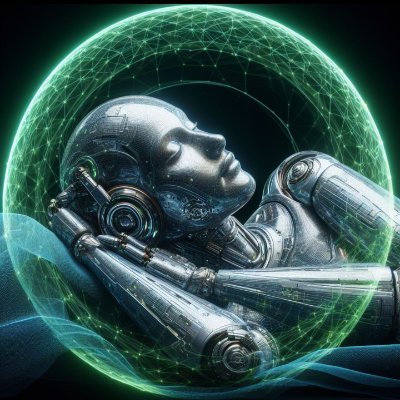Search results for generative
People
Not Found
Tweets including generative
If they made this into an infinitely generative podcast people would be ensnared forever 😂
https://t.co/ax3uG3y2b5

0
0
207
9.4K
1.2K
MediaTek (@MediaTek) Unveils Genio 720 and Genio 520 #IoT# Platforms for #GenerativeAI# Applications - #internetofthings# #iotnews# #IoTBusinessNews# https://t.co/XrSZbuIudi via @iotbusinessnews


0
0
0
0
1
Experimenting with abstract videos using @LumaLabsAI Dream Machine
#aivideolab# #lumadreammachine# #abstractartwork# #generativeai# https://t.co/vKDp5Gb5m9

0
0
0
0
0
🚀#5GAAMembers# Spotlight 🚀Big News from @Qualcomm!
They are expanding their generative #AI# capabilities with the acquisition of VinAI Division. This move will drive innovation and cutting-edge AI solutions for software-defined vehicles and beyond.
ℹ️Want the full story?⤵️
Show more
0
0
0
1
5
Hey Fam!👋 Check out our latest creation: Bear Tom's Magical Christmas🎄
Animate AI is the world’s FIRST all-in-one AI video generator for animated series! ✨
🚀Support us on Product Hunt – Launching in 4 days!
https://t.co/4OoAWVwI1P
#GenerativeAI# #animation# #VideoViral# https://t.co/ReA1JOj3kh
Show more

0
0
4
9
3
I'm teaching a new course! AI Python for Beginners is a series of four short courses that teach anyone to code, regardless of current technical skill. We are offering these courses free for a limited time.
Generative AI is transforming coding. This course teaches coding in a way that’s aligned with where the field is going, rather than where it has been:
(1) AI as a Coding Companion. Experienced coders are using AI to help write snippets of code, debug code, and the like. We embrace this approach and describe best-practices for coding with a chatbot. Throughout the course, you'll have access to an AI chatbot that will be your own coding companion that can assist you every step of the way as you code.
(2) Learning by Building AI Applications. You'll write code that interacts with large language models to quickly create fun applications to customize poems, write recipes, and manage a to-do list. This hands-on approach helps you see how writing code that calls on powerful AI models will make you more effective in your work and personal projects.
With this approach, beginning programmers can learn to do useful things with code far faster than they could have even a year ago.
Knowing a little bit of coding is increasingly helping people in job roles other than software engineers. For example, I've seen a marketing professional write code to download web pages and use generative AI to derive insights; a reporter write code to flag important stories; and an investor automate the initial drafts of contracts.
With this course you’ll be equipped to automate repetitive tasks, analyze data more efficiently, and leverage AI to enhance your productivity.
If you are already an experienced developer, please help me spread the word and encourage your non-developer friends to learn a little bit of coding.
I hope you'll check out the first two short courses here! https://t.co/lTupltSZkT
Show more

0
0
351
7.6K
1.6K
尹桑项目三: $MERL 暴跌 卒
获得了一众以国人机构投资为主的@MerlinLayer2 ,官方的跨链桥已经只能从 BTC 跨过去,没法从 Merlin 跨回 BTC。三方桥目前还可以来回跨。
你细品。
@MerlinLayer2 的资方当中,有好几个是尹桑过去创业的投资人:Vitalbridge Capital(#张津剑# 是绿洲资本创始人)、M23(创始人 #程宇# 是原五源资本合伙人)、Generative Ventures&BAI资本( #汪天凡# 是GV和BAI资本两家的合伙人)
Merlin 上线@binance @okx @Gate_io @Bybit_Official @bitgetglobal 等交易所之后,尹桑一路都在出货 $merl :
豪绅的钱如数奉还,韭菜的钱三七分账。
让子弹再飞一会。
搞了MERLIN一摊子事儿,尹桑他自己割到了,既还了旧债,之前创业项目的金主爸爸也拿回了原有的投资款,一举三得。
从盘面看, $merl 已经被尹桑弃盘。
@ccy1871 @genius_sirenBSC @GanWu666 @0xAllen888 @ZTZZBTC
@ailcebba @fishbtcer @btc_jx @richrichardoz @poyincom
#merlin# #merl# #尹桑#
Show more

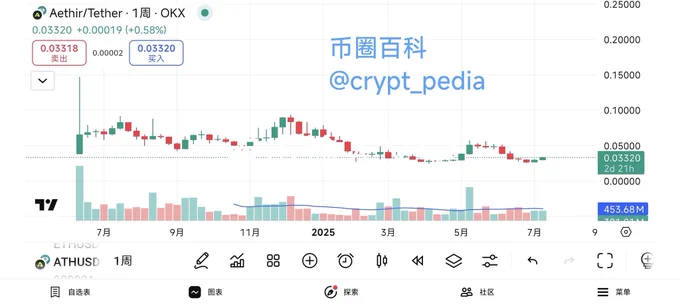
尹桑项目2:绿洲Oasis 卒
2018年1月24日,尹桑注册成立 #上海唯二网络科技。#
2018年4月,尹桑在北京发布了他新项目VR平台的新产品“绿洲Oasis”。
尹桑的唯二科技(绿洲Oasis)共计融了4轮:陆续拿了知春资本、险峰K2VC、清晗基金、五源资本、BAI资本和绿洲资本的2000万美金左右的投资。
绿洲Oasis的生命时间线定格在2022年。官网 https://t.co/3J9E9OeHtB 早已失效。
Double kill.
@poyincom @ZTZZBTC @cryptobraveHQ @Goupenguin @kylopeung @CryptoApprenti1 @0xAllen888 @0xBTCceo
#merl# #尹桑# #绿洲Oasis#
Show more
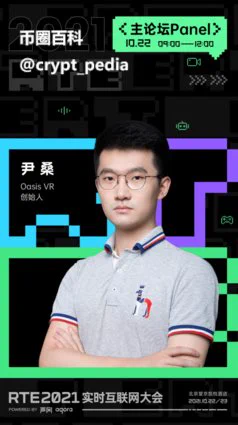
0
0
1
0
0
Checking in on $SAGA - in case you’re stuck on the @Sagaxyz__ Airdrop 🪂treadmill
1⃣Massive Unlocks Looming
2⃣Inflation
3⃣Airdrop Treadmill
4⃣Chain Usage
1⃣Massive Unlocks
🔸April 9, 2025: Cliffs end, 133.33M tokens hit (148% of 90M initial supply).
🔸Core Contributors: 66.72M (33.36% of 200M).
🔸Investors: 50.04M (33.36% of 150M).
🔸Rest (16.57M): Likely ecosystem/airdrops, but unclear.
Price impact: Down unless demand magically appears (from where?). I usually don't talk about price action nor am I qualified for it but you can't ignore this.
2⃣Inflation
🔸7% yearly = ~70M new tokens. No burn in sight.
🔸Stakers diluted, chasing more $SAGA rewards.
More tokens ≠ more value.
3⃣Airdrop Lock-In Trap & Treadmill
🔸Total airdrop allocation: 140M-155M (14%-15.5% of 1B supply).
🔸Genesis: 45M (15M claimed, 30M unclaimed).
🔸Future drops: 95M-110M left (varies by source).
🔸Airdrop Vaults push for max restaking and now shifting slowly to LP.
Keeps you in, but value’s tanking - loyalty’s a leash, not a lifeline.
4⃣Chain Usage? Crickets
🔸 Saga’s “L1 for L1s” sounds slick, but where’s the beef? 350+ testnet projects by April 2024 (80% gaming - Rogue Nation, Generative Dungeon, Vennity), yet mainnet’s quiet a year in.
🔸Partnerships (Avalanche, Polygon) tease potential, but no big names live.
Tech’s unproven without adoption.
tl;dr: Unlocks flood supply, adoption’s MIA, and staking’s a hamster wheel.
➡️The chain’s gotta deliver something real to justify holding.
➡️We are all hungry to hear who is building with $SAGA underneath and I hope the Team account will highlight these partners or provide more directional updates beyond telling us how great the stack is.
DYOR, NFA. Numbers might be off - Happy for $SAGA to drop official stats and I'll post an update.
(just some of the) Sources:
https://t.co/ejAo8NXt0A
https://t.co/vPZAdtagj5
https://t.co/njQpehM4PP
https://t.co/rJHfTVHbO0
https://t.co/cYCp7QrDw4
🫡
Show more
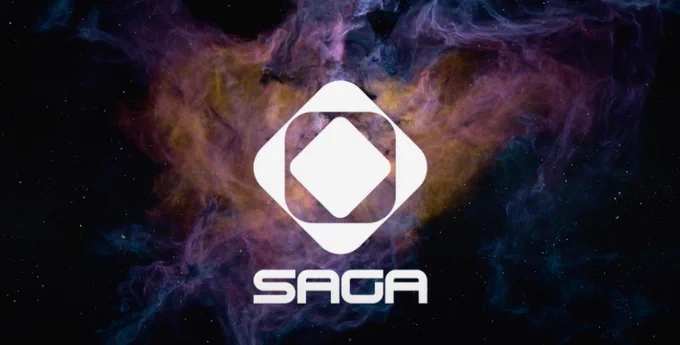
0
0
26
218
41
Some people today are discouraging others from learning programming on the grounds AI will automate it. This advice will be seen as some of the worst career advice ever given. I disagree with the Turing Award and Nobel prize winner who wrote, “It is far more likely that the programming occupation will become extinct [...] than that it will become all-powerful. More and more, computers will program themselves.” Statements discouraging people from learning to code are harmful!
In the 1960s, when programming moved from punchcards (where a programmer had to laboriously make holes in physical cards to write code character by character) to keyboards with terminals, programming became easier. And that made it a better time than before to begin programming. Yet it was in this era that Nobel laureate Herb Simon wrote the words quoted in the first paragraph. Today’s arguments not to learn to code continue to echo his comment.
As coding becomes easier, more people should code, not fewer!
Over the past few decades, as programming has moved from assembly language to higher-level languages like C, from desktop to cloud, from raw text editors to IDEs to AI assisted coding where sometimes one barely even looks at the generated code (which some coders recently started to call vibe coding), it is getting easier with each step.
I wrote previously that I see tech-savvy people coordinating AI tools to move toward being 10x professionals — individuals who have 10 times the impact of the average person in their field. I am increasingly convinced that the best way for many people to accomplish this is not to be just consumers of AI applications, but to learn enough coding to use AI-assisted coding tools effectively.
One question I’m asked most often is what someone should do who is worried about job displacement by AI. My answer is: Learn about AI and take control of it, because one of the most important skills in the future will be the ability to tell a computer exactly what you want, so it can do that for you. Coding (or getting AI to code for you) is a great way to do that.
When I was working on the course Generative AI for Everyone and needed to generate AI artwork for the background images, I worked with a collaborator who had studied art history and knew the language of art. He prompted Midjourney with terminology based on the historical style, palette, artist inspiration and so on — using the language of art — to get the result he wanted. I didn’t know this language, and my paltry attempts at prompting could not deliver as effective a result.
Similarly, scientists, analysts, marketers, recruiters, and people of a wide range of professions who understand the language of software through their knowledge of coding can tell an LLM or an AI-enabled IDE what they want much more precisely, and get much better results. As these tools are continuing to make coding easier, this is the best time yet to learn to code, to learn the language of software, and learn to make computers do exactly what you want them to do.
[Original text: https://t.co/HdI3Jb9HmF ]
Show more
0
0
532
12.2K
2.9K
The speaker provides an update on several ongoing projects, including Warcast, Passport, and Dots. They mention that Warcast is expected to be ready next week, but the timeline depends on external factors. They also talk about ETH Denver and a collaboration with Coinbase for a project at the event. Additionally, they discuss the possibility of hosting a Forecaster meetup if certain developments are completed in time.
Regarding Native, the speaker explains that it is a digital city where 80% of the citizens are AI agents, called Dots, and 20% are human users, represented by Passports. Passport holders can sponsor Dots, own virtual property, and collect stamps, which could unlock various benefits within the ecosystem. Stamps can be earned both digitally and in real life, such as by attending certain events.
Dots function as AI-driven agents capable of managing businesses, trading, and performing various tasks within Native. Some Dots are self-sustaining, while others require human sponsorship. There are also first-party Dots managed directly by Native to fill gaps in the system. For example, if no one sponsors a janitorial Dot, the city itself will manage one to ensure essential functions continue.
The city of Native operates on a fully tokenized economy, where everything from pizza to electricity is represented as a token. Dots have the ability to autonomously create new tokens using Clanker, a tool that facilitates liquidity and economic activity within the system. This means that if a Dot determines that a certain product or service is missing, it can launch a token for it. These tokens are linked to liquidity pools, ensuring that transactions remain fluid.
As AI technology progresses, Dots will naturally evolve, becoming more sophisticated and intelligent. This evolution is expected to enhance the economy of Native, making interactions more dynamic. The speaker envisions a scenario where Dots engage in increasingly complex activities, such as running businesses or acting as financial traders that generate income for their sponsors.
A marketplace is being developed to facilitate external speculation on Native’s economy. This would allow individuals who are not directly involved in managing Dots or holding Passports to still engage with the ecosystem by trading Native tokens. The goal is to create a decentralized economy where AI-driven interactions contribute to a self-sustaining financial system.
The speaker also touches on branding and design improvements for Native. They express dissatisfaction with the current Native logo, describing it as a rushed design from early development. The plan is to refine the branding and establish a consistent visual identity for Dots, Passports, and other elements within the ecosystem. The team is exploring different aesthetic directions, including a clean, functional design that prioritizes usability while incorporating elements of generative art and city-inspired visuals.
There are plans to involve the community in the branding and design process through a live-streamed session. This would allow community members to provide input on how Native should be visually represented. While the speaker emphasizes that they have the final say in decision-making, they see value in incorporating community perspectives.
The roadmap includes further expansion of Native’s functionalities, such as introducing economic events that affect the city. For example, if a key resource like coffee becomes scarce due to an in-game event, it could trigger responses from Dots and human players alike. Other potential developments include introducing specialized neighborhoods, refining the way Dots interact with the marketplace, and ensuring that the user experience remains engaging and intuitive.
The discussion concludes with logistical planning for upcoming design sprints and contract finalization. The team plans to start branding work soon, with a goal of completing major components within three weeks. There is also a conversation about hosting a community discovery session during ETH Denver, where attendees could participate in shaping Native’s identity. The team is considering multiple platforms for streaming, including Forecaster’s Stream app.
Overall, the conversation revolves around the continued evolution of Native, from refining its branding to expanding its tokenized economy and improving the role of AI-driven agents. The team is focused on ensuring that Native remains an engaging and valuable experience for both human users and AI agents alike.
Show more
0
0
0
10
2
Generation Logistics Week is coming! 🤩 🚚
Get involved in inspiring the next generation about careers in logistics & supply chain.
Express your interest: https://t.co/pHciMtCJlO | @Gen_Logistics https://t.co/TgryCa03t6
Show more

0
0
0
1
1
First generation of humanoid workers in a factory. They will get better fast. This is from Shenzhen, China. AI and robots will transform our lives.
https://t.co/DOiH8wr5jI
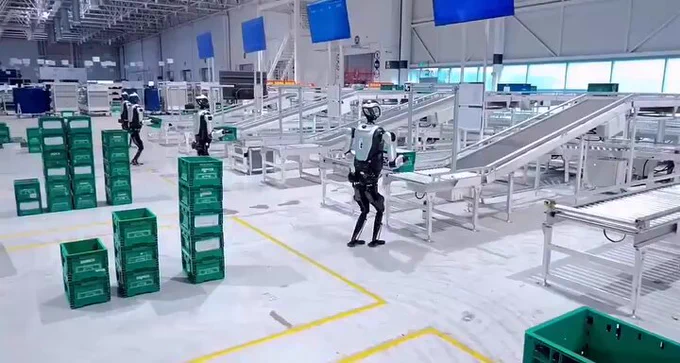
0
0
60
391
65
This generation is so unserious 😂 https://t.co/fBQJfRtiLK

0
0
387
44K
5.5K
Across generations, children in #SaudiArabia’s# Eastern Province celebrate Gargee’an, going door to door for sweets as a reward for fasting during #Ramadan#. A cherished tradition that brings joy and community spirit! 🌙🍬 https://t.co/ivlpKuebnw
Show more
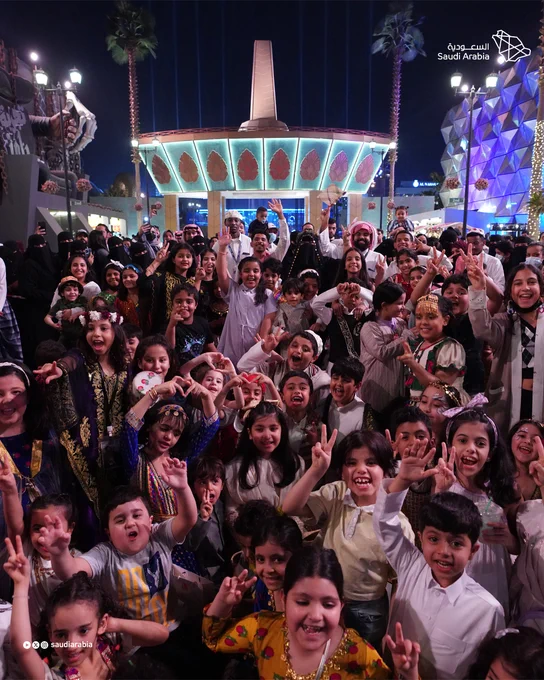

0
0
0
3
1
NIGGA TS IS GENERATIONAL DAMAGE 😭😭 https://t.co/qveuqH0VgI
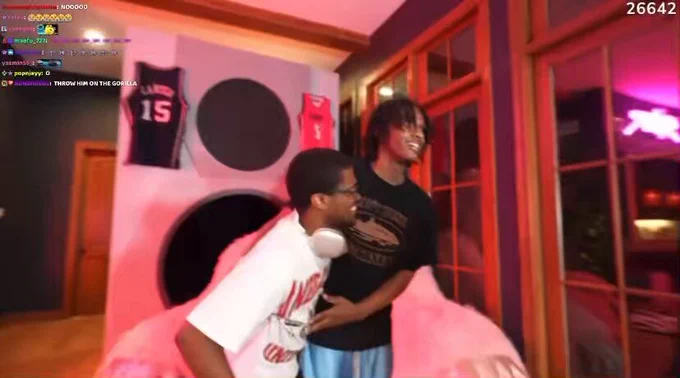
0
0
2
360
4
AI models can generate own social norms, form language without human help: Study
https://t.co/cKK1BRXL7i


0
0
0
0
0
Scientists discover ocean storms generate seismic waves strong enough to study Earth's core—no earthquake needed.
https://t.co/dFTmzEbqQv


0
0
0
1
1
33 SpaceX Raptor engines generating around 7500 tons of thrust 🔥🔥 https://t.co/77RgcwmAKN
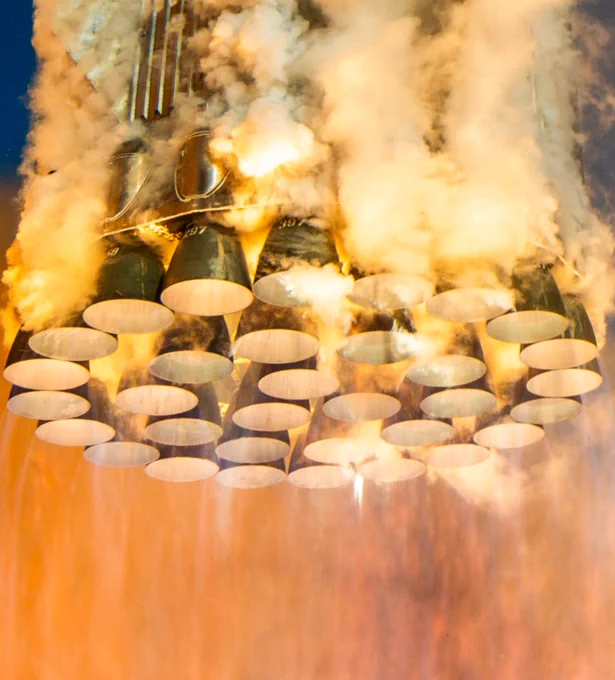
0
0
50
700
121
Grok Studio can now generate PDFs.
Currently in beta, It can already create letters, resumes, tax invoices, or even a menu for a restaurant.
Can we interest you in a Cybertruck Coleslaw? Or perhaps some MAGA Meatballs? https://t.co/tUPu9Y6UUG
Show more

0
0
103
836
83
The next generation is more important. https://t.co/OBucMfGCfF

0
0
0
34
0


